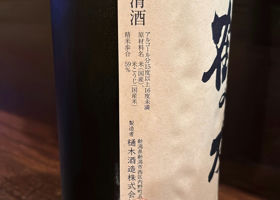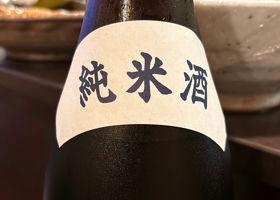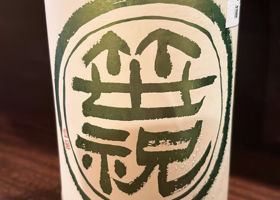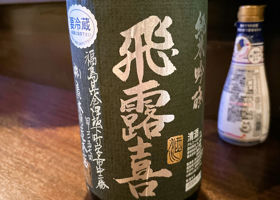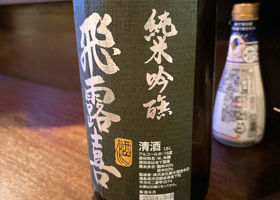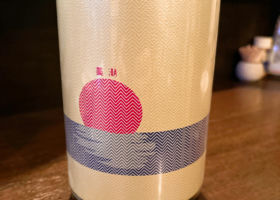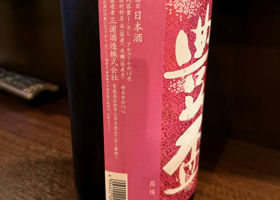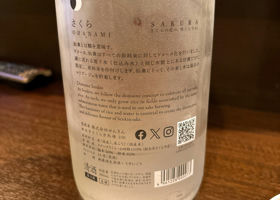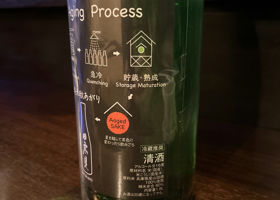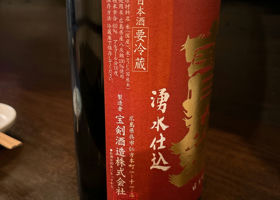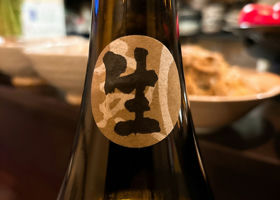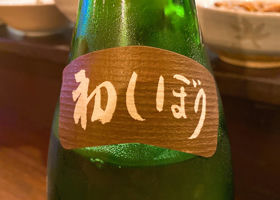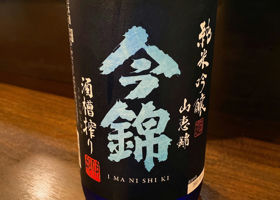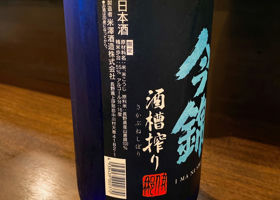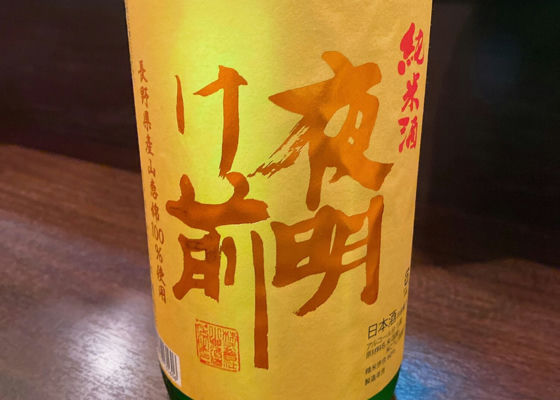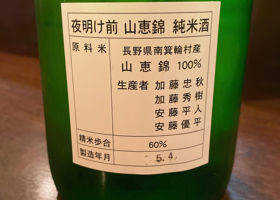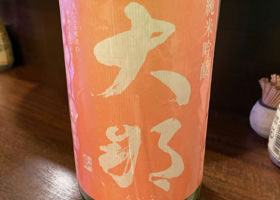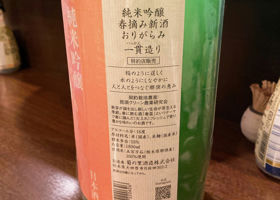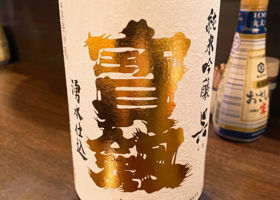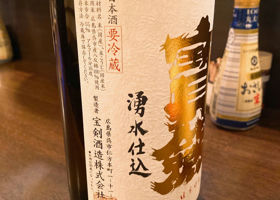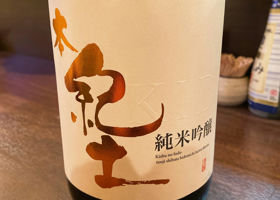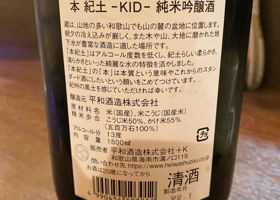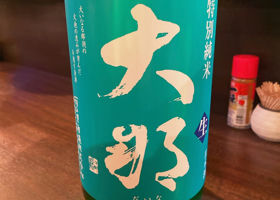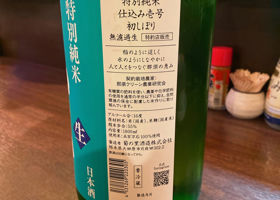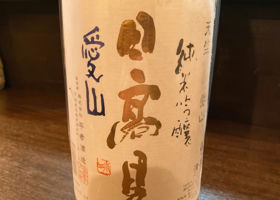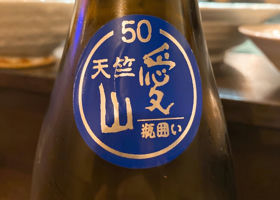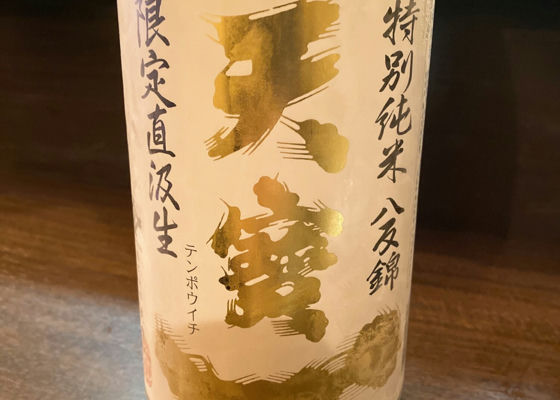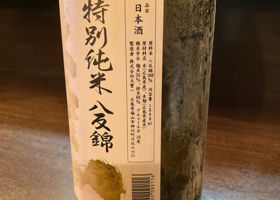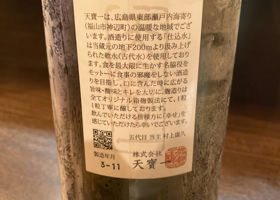Timeline
やす☆The last of the three Niigata sakes in a row is the first Tsuru no Tomo. It has a clear, crisp, sweet flavor with a nice sharpness. Despite the simple label, it is the sweetest of the three and tastes more modern. やす☆This is the first Sasazuku. It has a clear, crisp flavor in a similar vein to the Takachidai we had just before, but with more light acidity than the Takachidai. やす☆A limited version of Takachidai for Niigata Prefecture, with a clear, crisp flavor that is hard to believe that it is 65% polished, yet it disappears quickly. It is a versatile all-around food sake, typical of the Kanji character Takachidai. やす☆Take the first sip. It has a clear, clear umami and a sharpness with bitterness. The overall impression of bitterness is strong, and the taste is of a refreshing sake type. やす☆It is similar to the Mishio that we drank just before, but this one has a stronger apple flavor and is quick and easy to drink with a moderate bitterness. やす☆First Bishio.
It has a clear, apple-like sweet flavor that quickly fades away with a slight bitterness. In general, the taste is clean and cohesive, as is typical of 50% polished wines. やす☆R4BY. it has a firm flavor and good sharpness typical of Chochin. it is generally heavier at 17%. やす☆I get a mouthful. It has a clear sweet-tart flavor, but is it lychee? Strawberry? The sweetness is moderate and does not interfere with the meal. The sweetness increases as the temperature rises. やす☆It is fresh and has the fresh citrusy acidity that is typical of Senkyou, but I feel that the orikori rounds out the acidity and makes it easier to drink. Personally, I like the balance. やす☆It has been a long time since the last Hidakami since the autumn harvest a year ago. The clear flavor is super clear and crisp. やす☆The wine had a good freshness because it was open. It is crisp and sharp as it is called "super dry". やす☆The first sip is served. It has a very clear flavor that is typical of Hiyoroki. It does not have the roughness of nama-shu, and the faint freshness of the aftertaste is typical of nama-shu.
I finally got to try Hayamoto's miso nikkomi udon noodles (with garlic) recommended by takeshon-san 😆(4th photo). takeshonHayamoto, I wish I could go - I'm especially craving it this time of year 😋. やす☆takeshon, you must be craving for miso stew in winter 😊.
I was also curious about the winter special with oysters 😄 やす☆It is clean and light, with a soft, sweet flavor that quickly disappears. The fruitiness is subdued, but if I had to guess, I would say it is muscat or melon. In general, it has a light mouthfeel. やす☆Clear mouthfeel. It has a clear, subtle umami flavor and is crisp and clean. It gives the impression of being a calm, light, dining-quality sake. やす☆It has a soft, delicate mouthfeel that is typical of a wine made from ogara-mi (rice cake). It is light and has a subtle peachy sweetness. It has a gentle taste typical of spring sake. やす☆Kure because it uses local Kure City's Hachitan Nishiki. Just as it should be.
It has a clear and refreshing mouthfeel. It has a subtle umami flavor, but when it is cold, it is very light. As the temperature rises, the mouthfeel becomes softer, but it is still light.
I think the sharpness is gentle for Houken. やす☆Here is another mouthful.
Clear, clear mouthfeel. It is low in alcohol and light, but not watery. The sweetness and umami taste is a true Kido. やす☆The first sip is served.
Since it is the first sip, it is very fresh. It has the roughness of an unfiltered first pressing, but it comes together with a clear yet deep umami and a sharpness with bitterness that is typical of Gohyakumangoku. やす☆Crisp, sharp and crisp, typical of Hidakami, from the mouthfeel with a hint of sweetness from Aizan. In general, it is clear and refreshing. やす☆Bottled last November.
It has a mild flavor that is out of my image of Tenpoichi. As the temperature rises, it becomes more crisp, and if I may say so, is that what makes it unique to Tenpoichi?
There is a slight alcohol taste that is similar to that of nama-zake. I got the last bottle, so it may have been fresher on the first sip. RecommendedContentsSectionView.title

